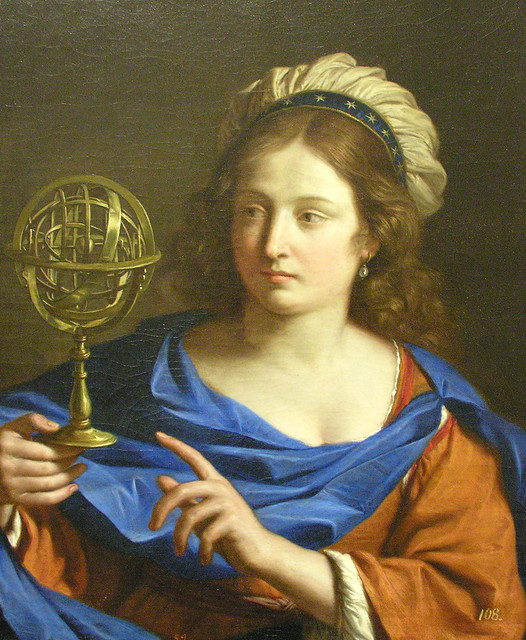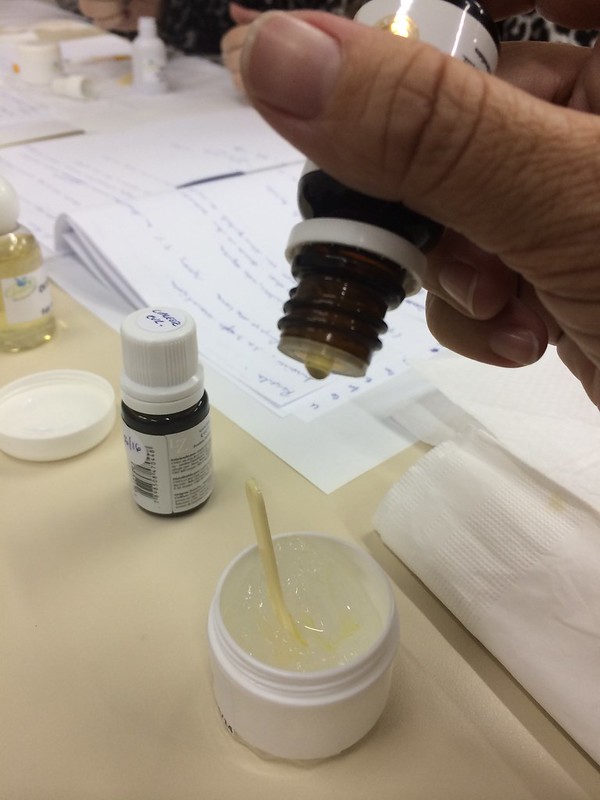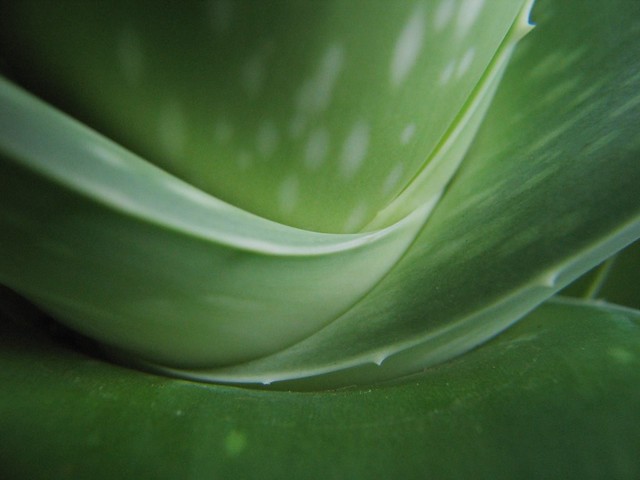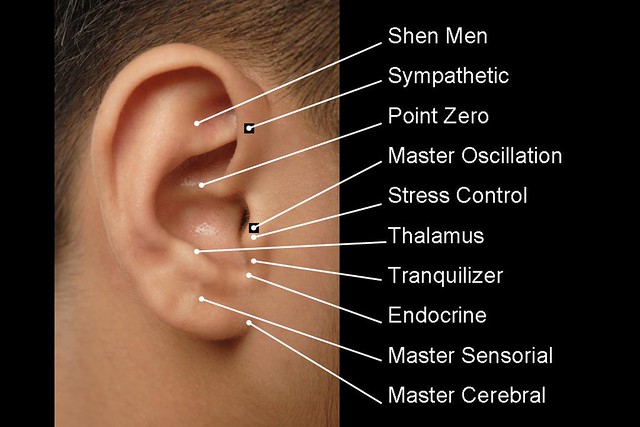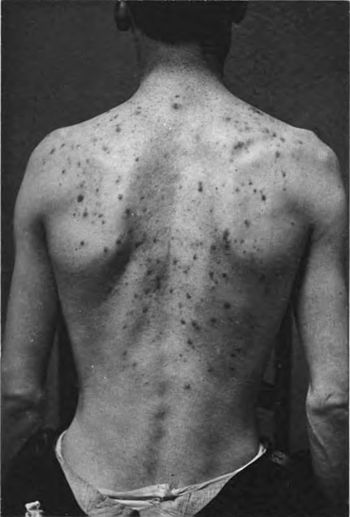 |
| Burning Red Candle Deutsch: Brennende rote Kerze (Photo credit: Wikipedia) |
Kemamide is a fine powder. It has a hint of ivory in the color, but it is close to being transparent. This type of additive becomes clumped if it is exposed to humidity so keep it in a closed, dry environment. Use this type of additive as a release agent. Add one teaspoon for each pound of wax.
Poly-AC is a fine powder, white in color. It has a dry texture and should also be stored in a dry environment to prevent clumping. This additive is a hardener. To be effective, add one teaspoon for each pound of wax.
Chimasorb 81 is a powder with a yellowish tint. Of all the additives, this one is the most likely to clump, even in areas of low humidity. Chimasorb 81 is used to enhance color. You do not need much of it, 1/10 of a percent for each pound of wax.
Stearic Powder is flaky. The color is white. This additive doesn’t react to humidity at all so it is an agreeable product to use for hardening. They amount you will use depends on the type of candles you are making. This additive helps reduce the temperature needed to melt the wax. Add about three teaspoons for each pound of wax. Be careful not to over use Stearic Powder as doing so will cause damage to the wax.
103 Vybar generally is sold in the form of very small beads. The beads flow loosely and do not stick or clump together, even in areas of high humidity. 103 Vybar is a hardener as well. It will add a very creamy texture to your candle wax. This is a perfect hardener to use for scented candles. Add one teaspoon to for every pound of wax.
Paraflint is another hardener. It comes in beaded form similar to the 103 Vybar. However, the beads are much larger. You will want to use one teaspoon for every pound of wax.
Poly 400 comes in the form of beads that vary is size and shape. This is a UV inhibitor, which will keep your candles from fading in the sunlight. This additive is also to be used at the rate of one teaspoon for every pound of wax.
BHT Crystal is a yellowish powder. This is an antioxidant for wax that has been stored in liquid form for a length of time. Using this crystal will also add a very pretty luster to your wax.
Candle making additives can add a variety of features to your wax. The type of additives you choose to use will depend on the types of candles you are going to make as well as the climate in your region. Be careful to use candle making additives in the right amounts or you will cause damage to the wax, resulting in ill effects in the visual aspects of the candles as well as their ability to burn properly. There are many great candle making books out there to help you figure out which types of additives to use for the various types of candles you can make.


